Palo Alto Collection
This collection is a highly collaborative project between LSSAA, the clients, and their architect, Stephen Verner. The sculptural focus is inspired by artists who explore the connection between science and art, reflecting the client’s background as software engineers.
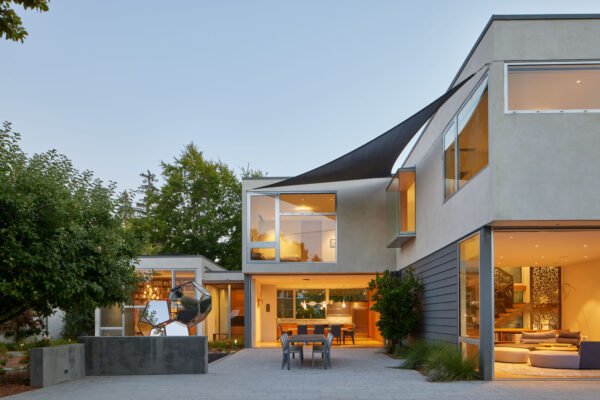
Architect Stephen Verner
Architect Stephen Verner
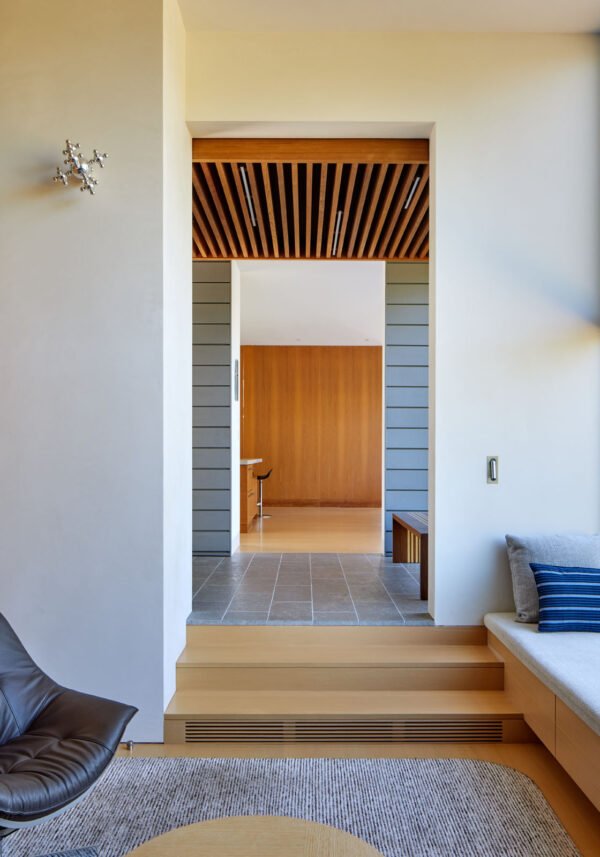
Gabriel Orozco
Gabriel Orozco
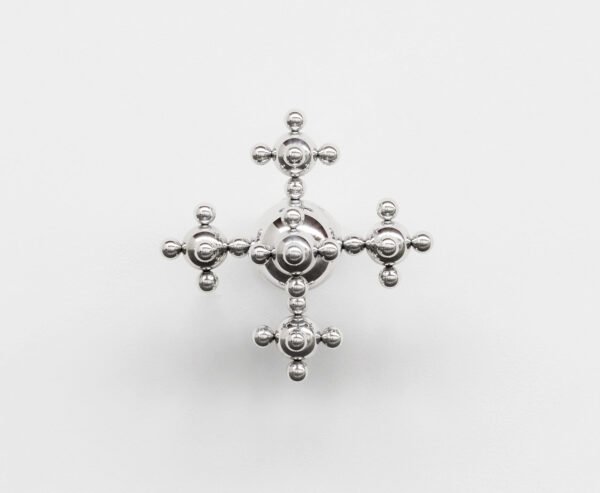
Gabriel Orozco
Gabriel Orozco
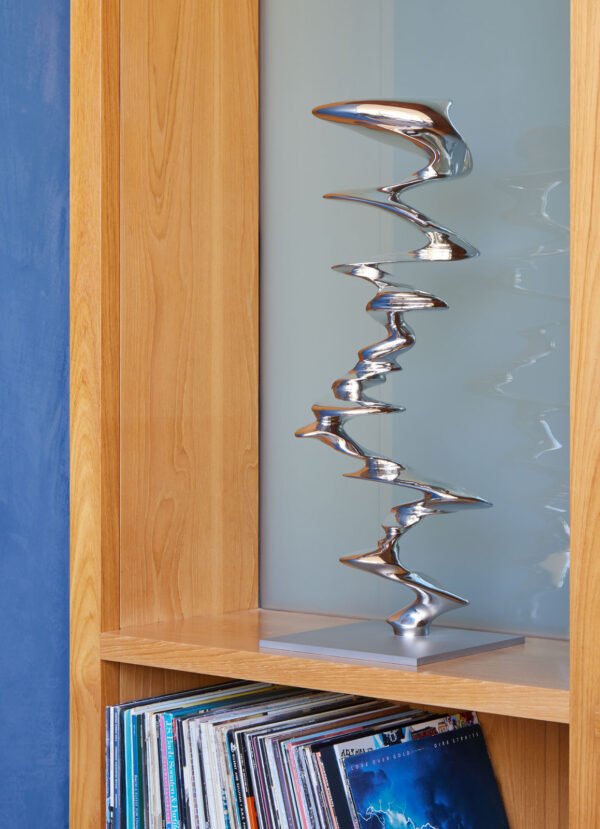
Tony Cragg
Tony Cragg
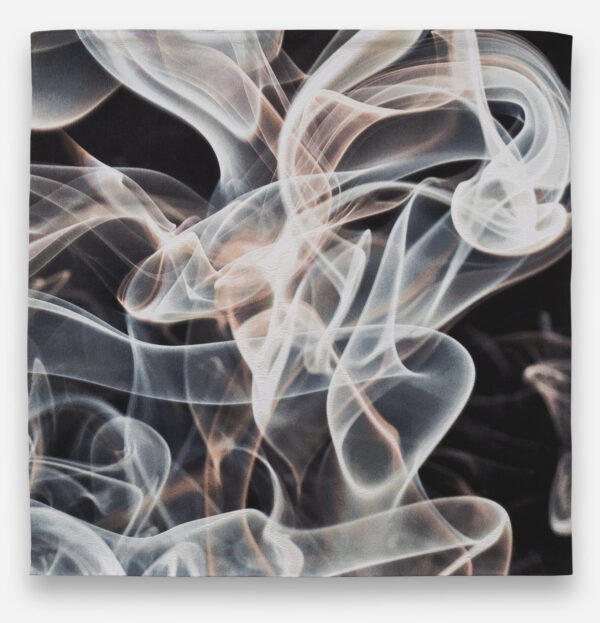
Pae White
Pae White
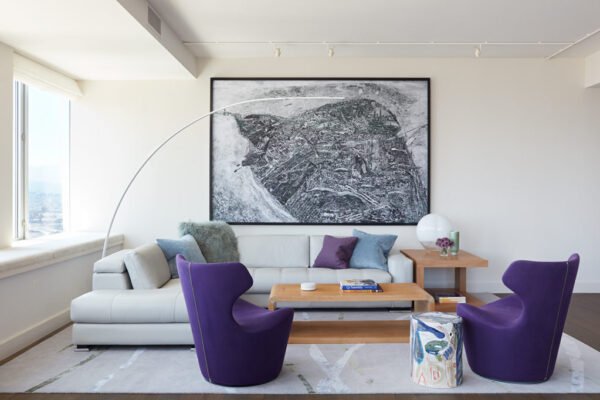
Sohei Nishino
Sohei Nishino
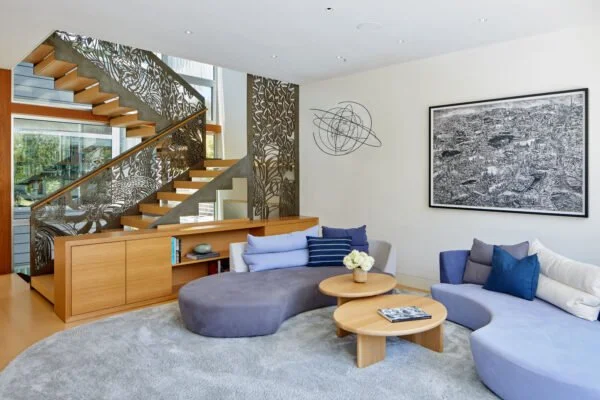
Tomas Saraceno + Sohei Nishino
Tomas Saraceno + Sohei Nishino
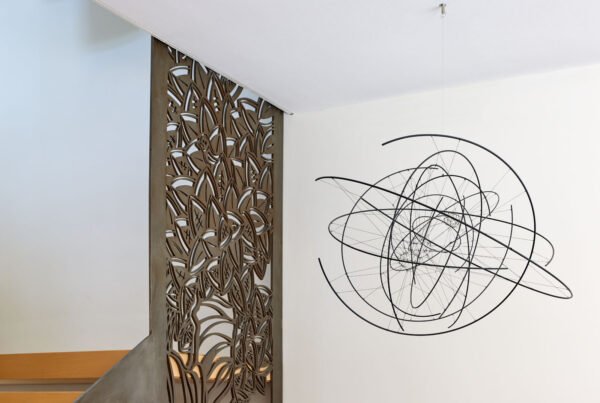
Tomas Saraceno
Tomas Saraceno
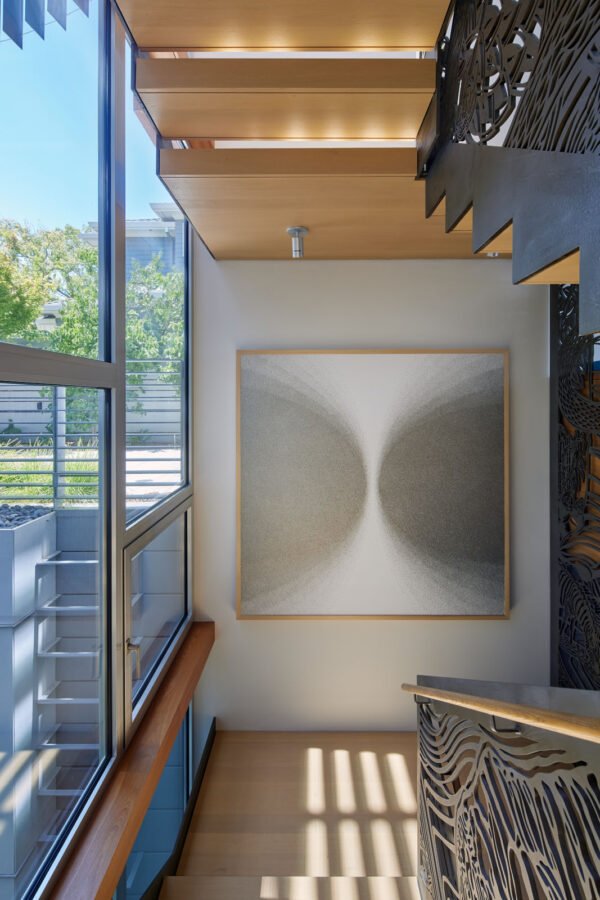
Tara Donovan
Tara Donovan
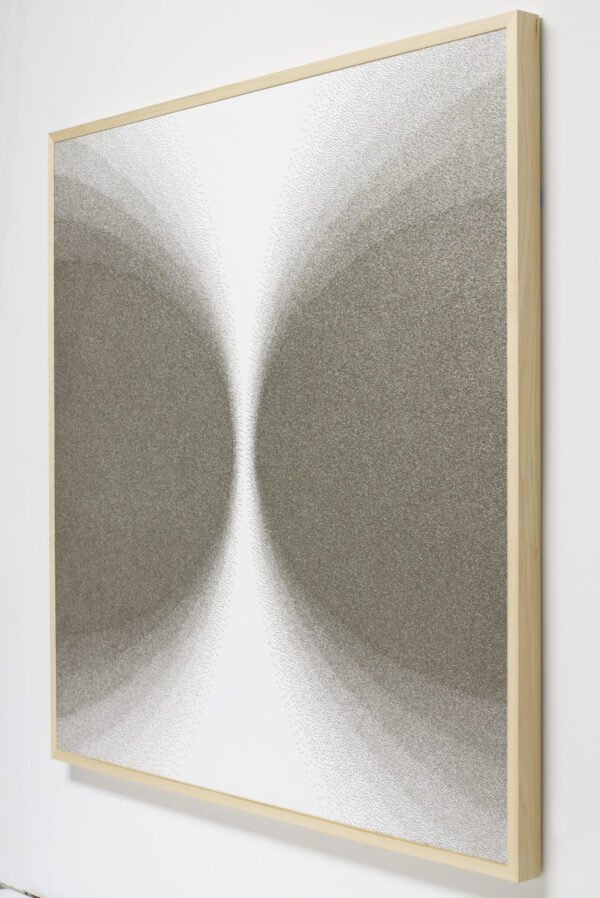
Tara Donovan
Tara Donovan
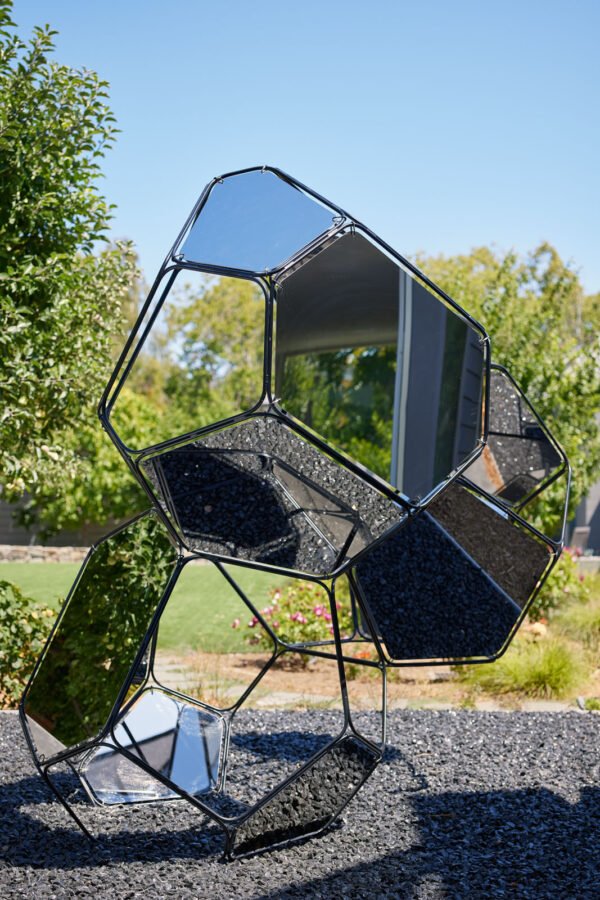
Tomas Saraceno
Tomas Saraceno
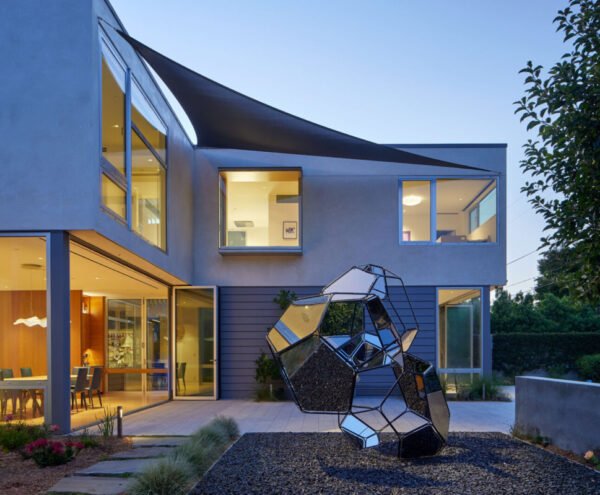
Tomas Saraceno
Tomas Saraceno
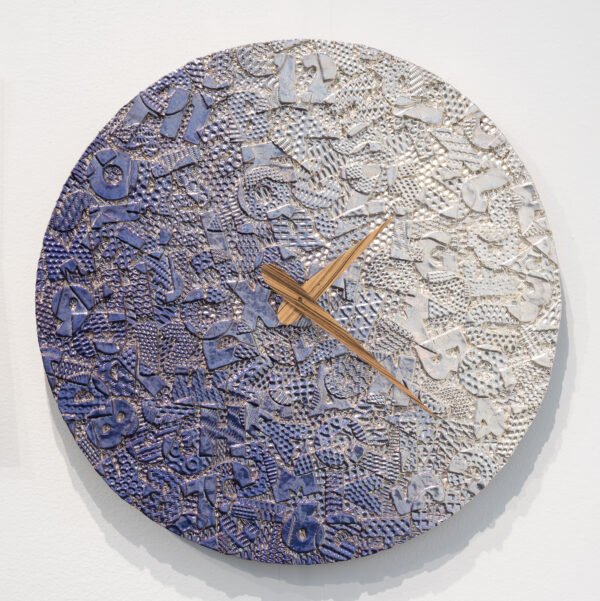
Pae White
Pae White

Adam Feibelman
Adam Feibelman
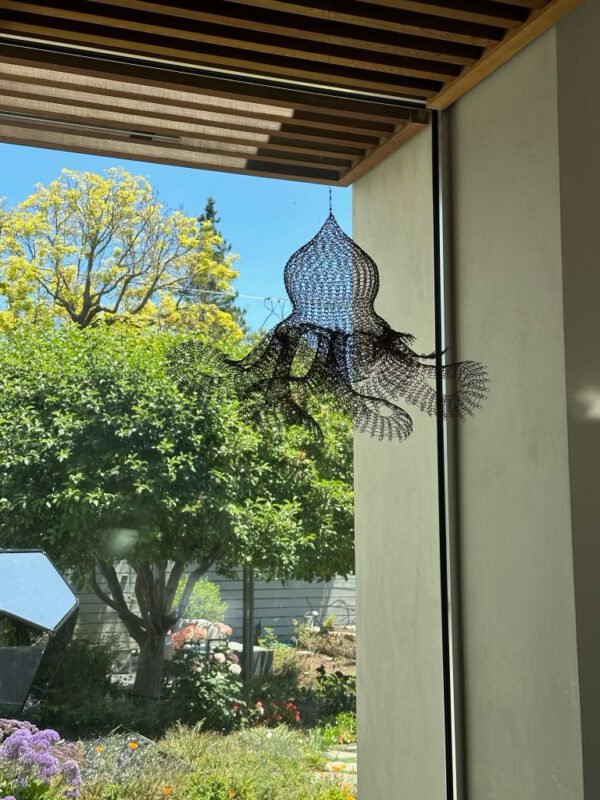
Ruth Asawa
Ruth Asawa
